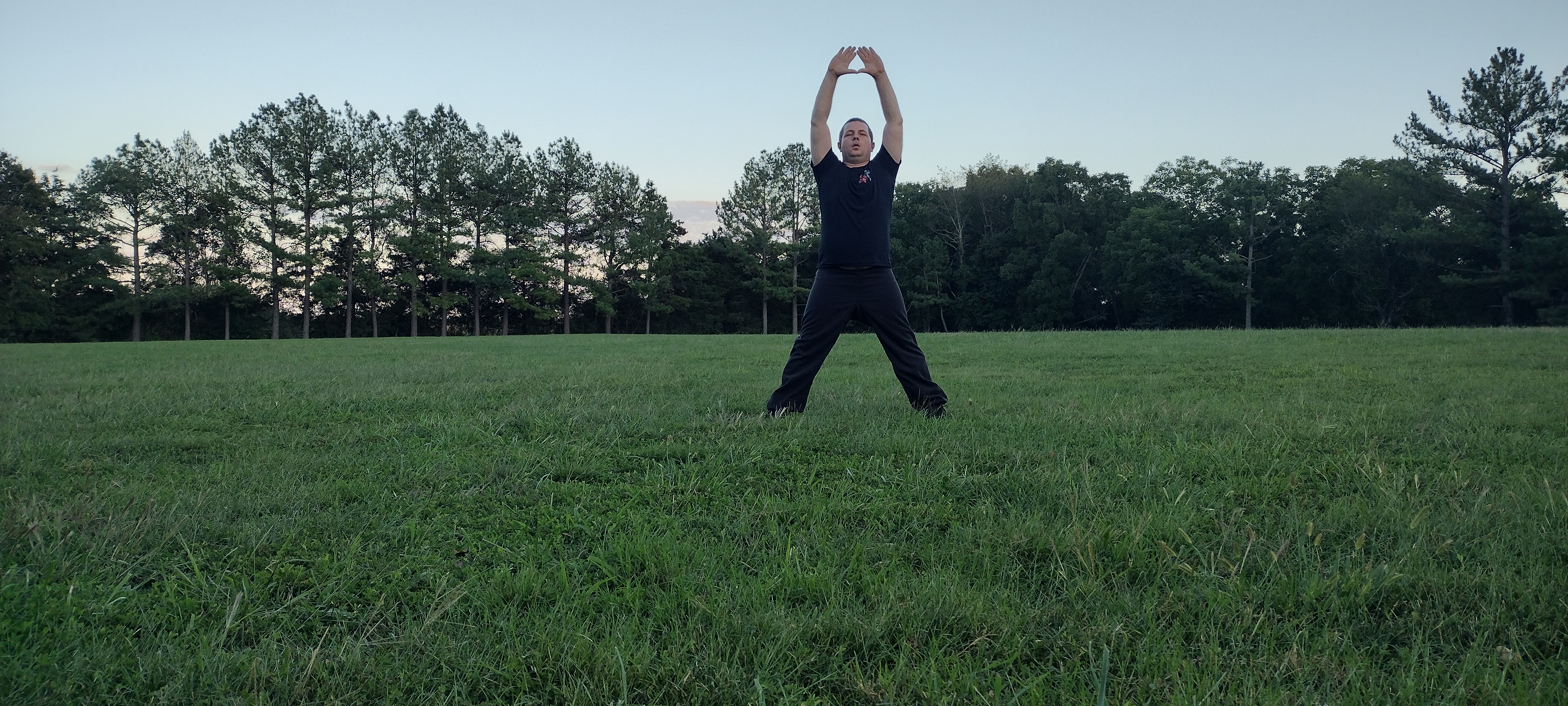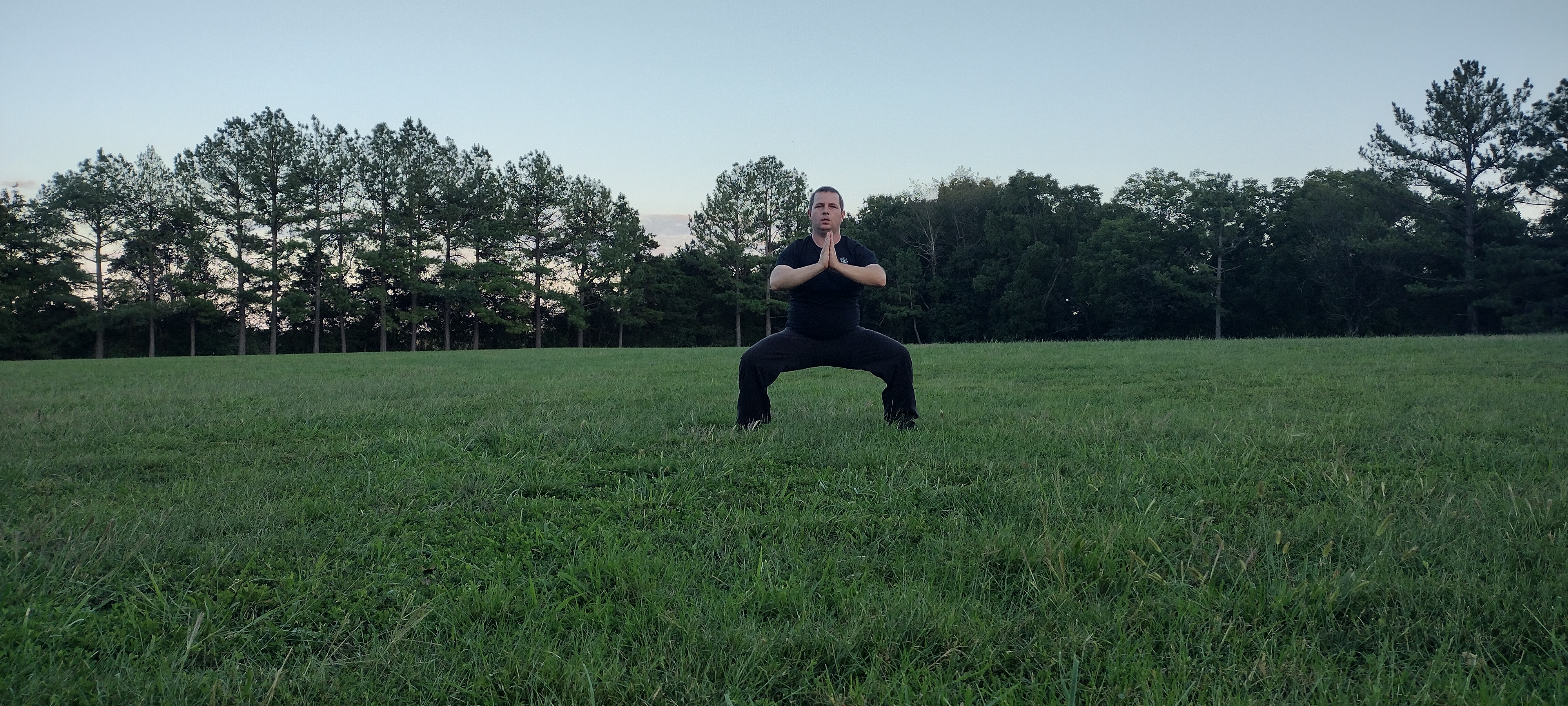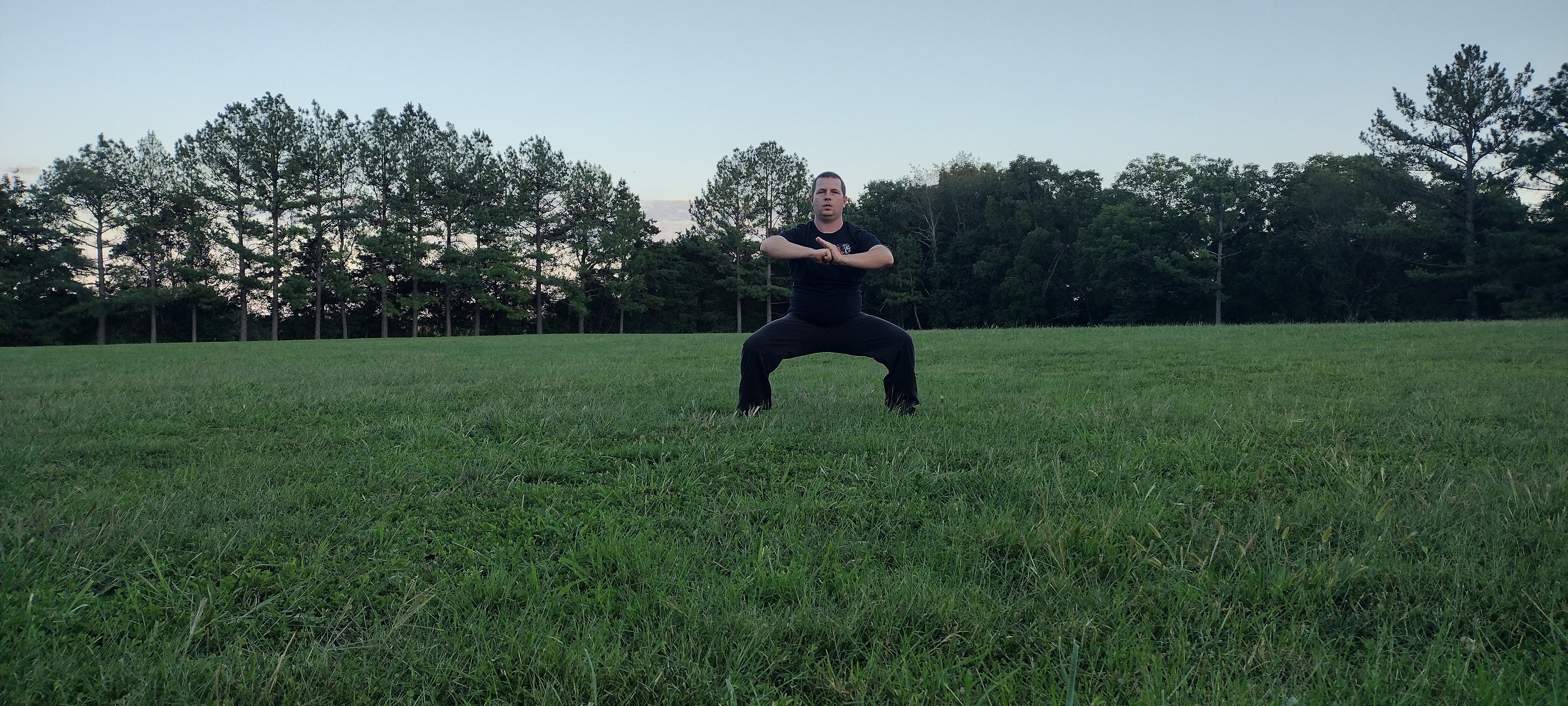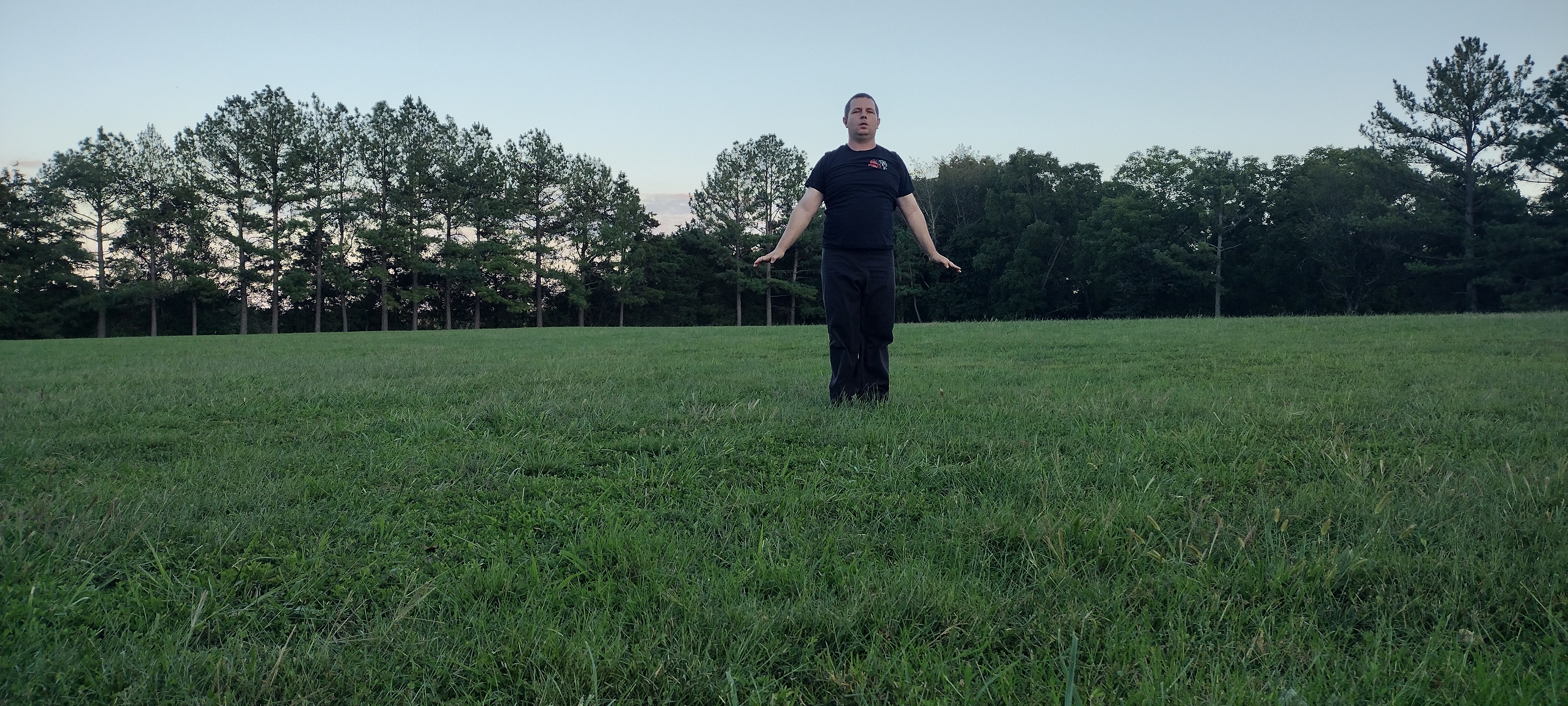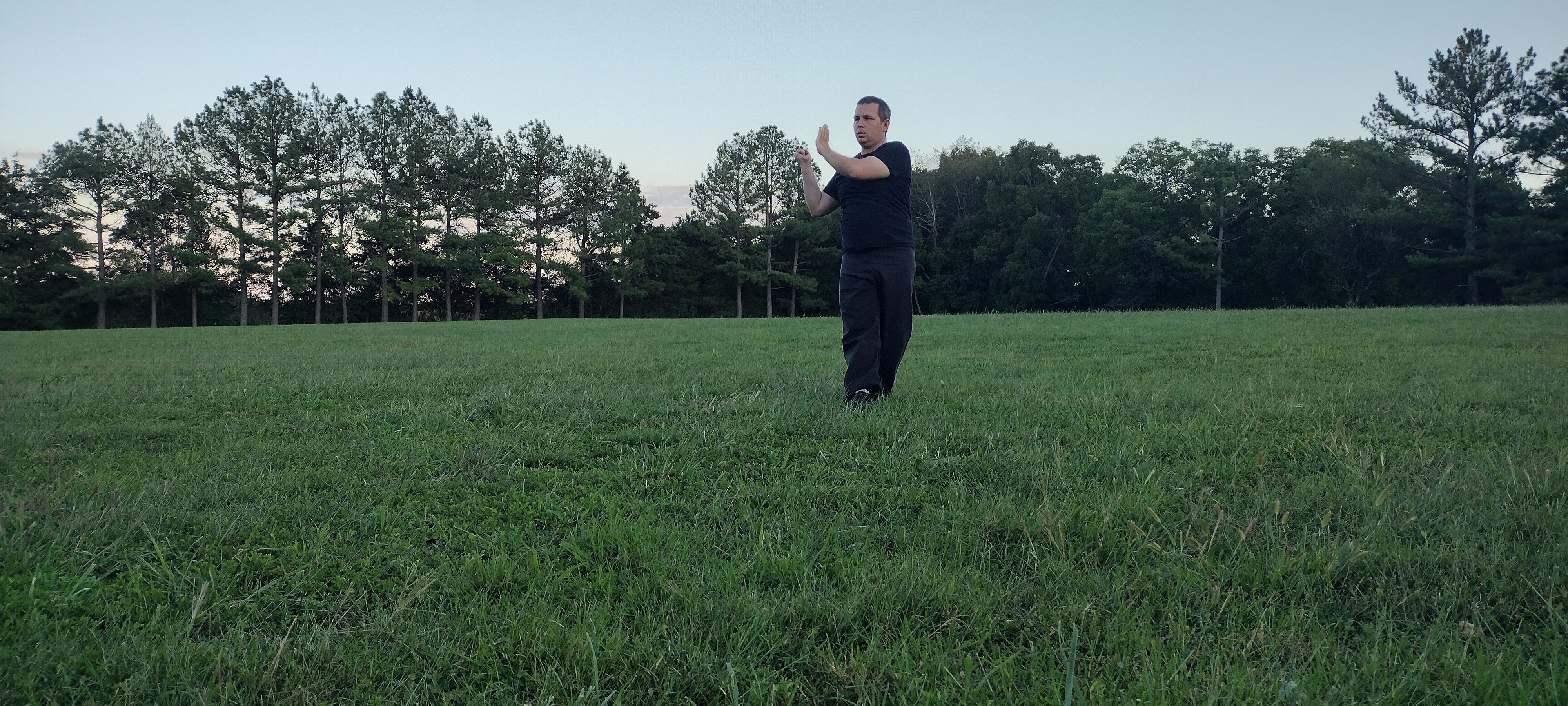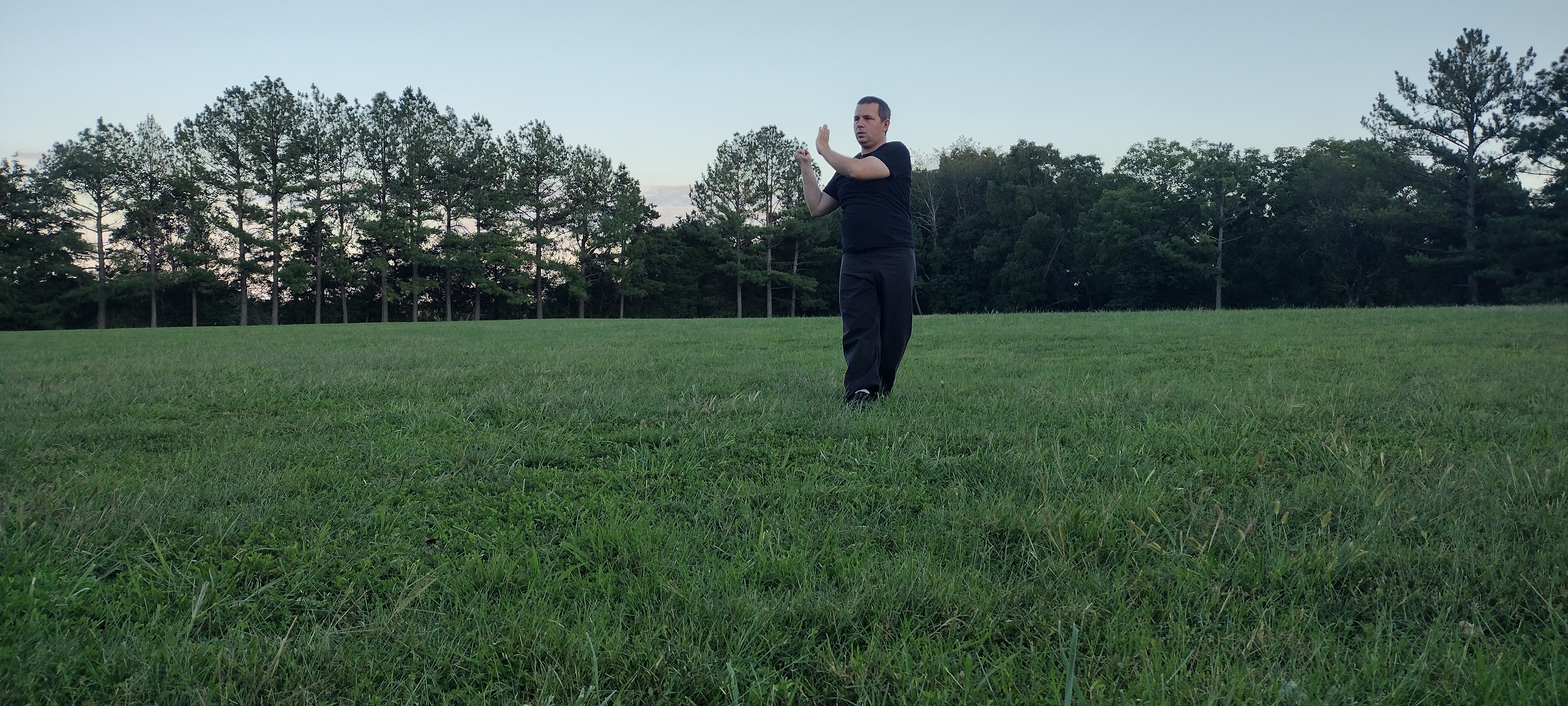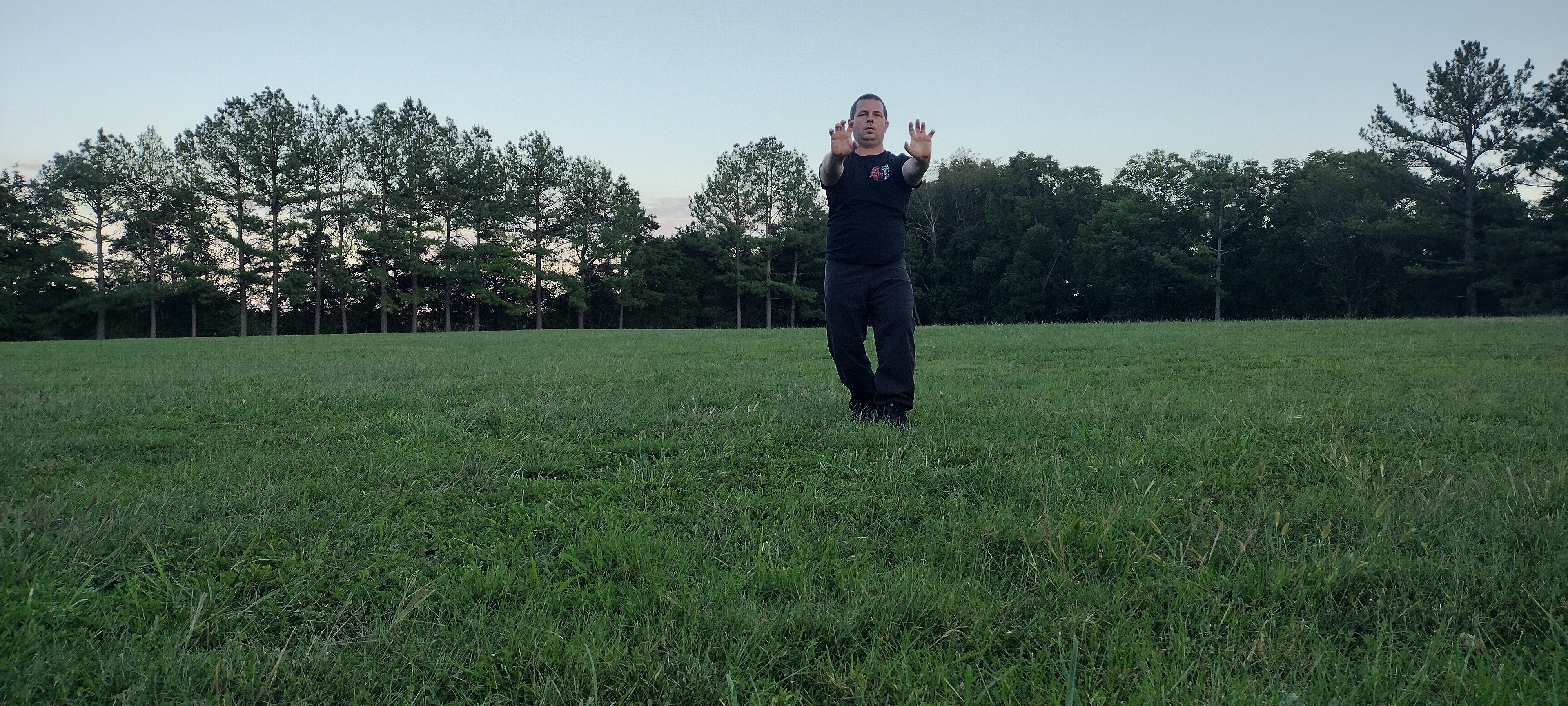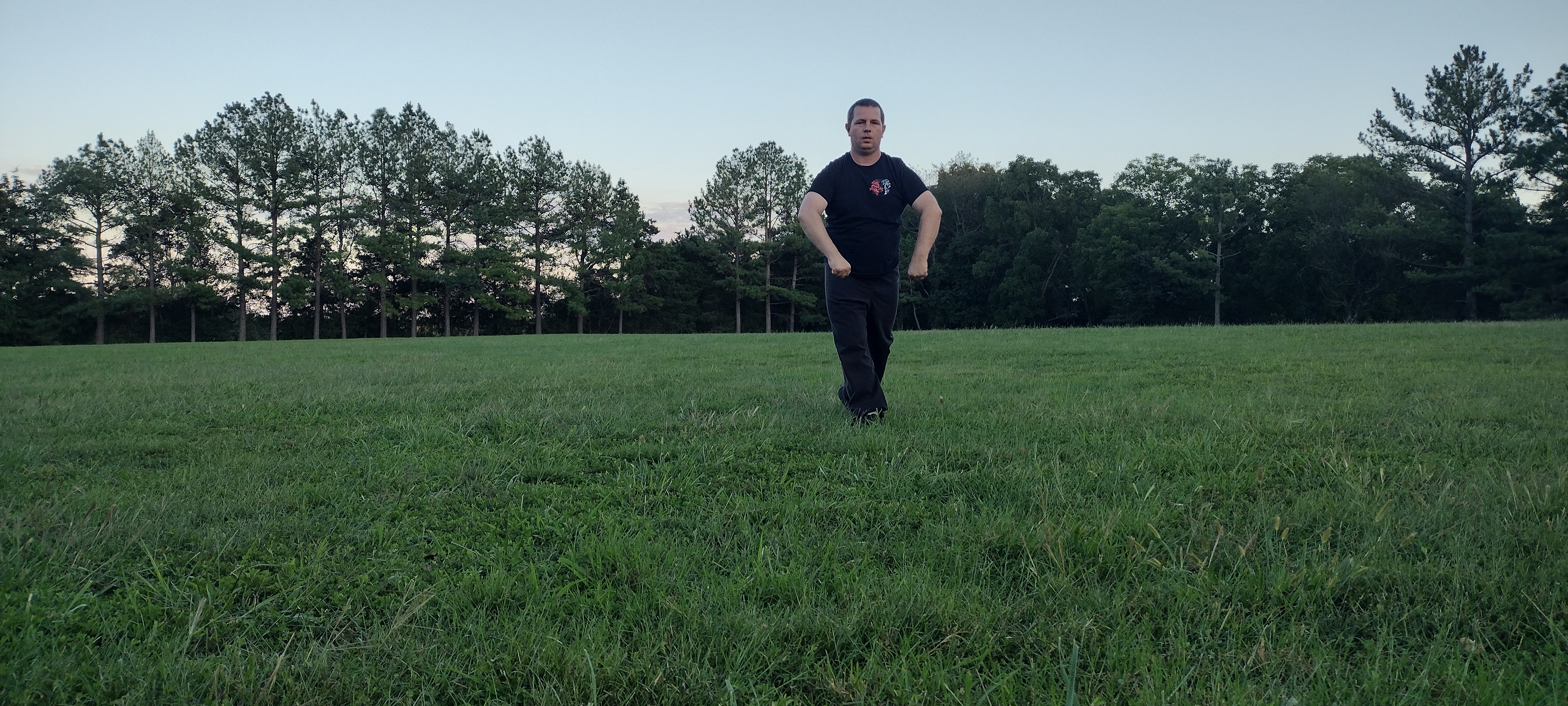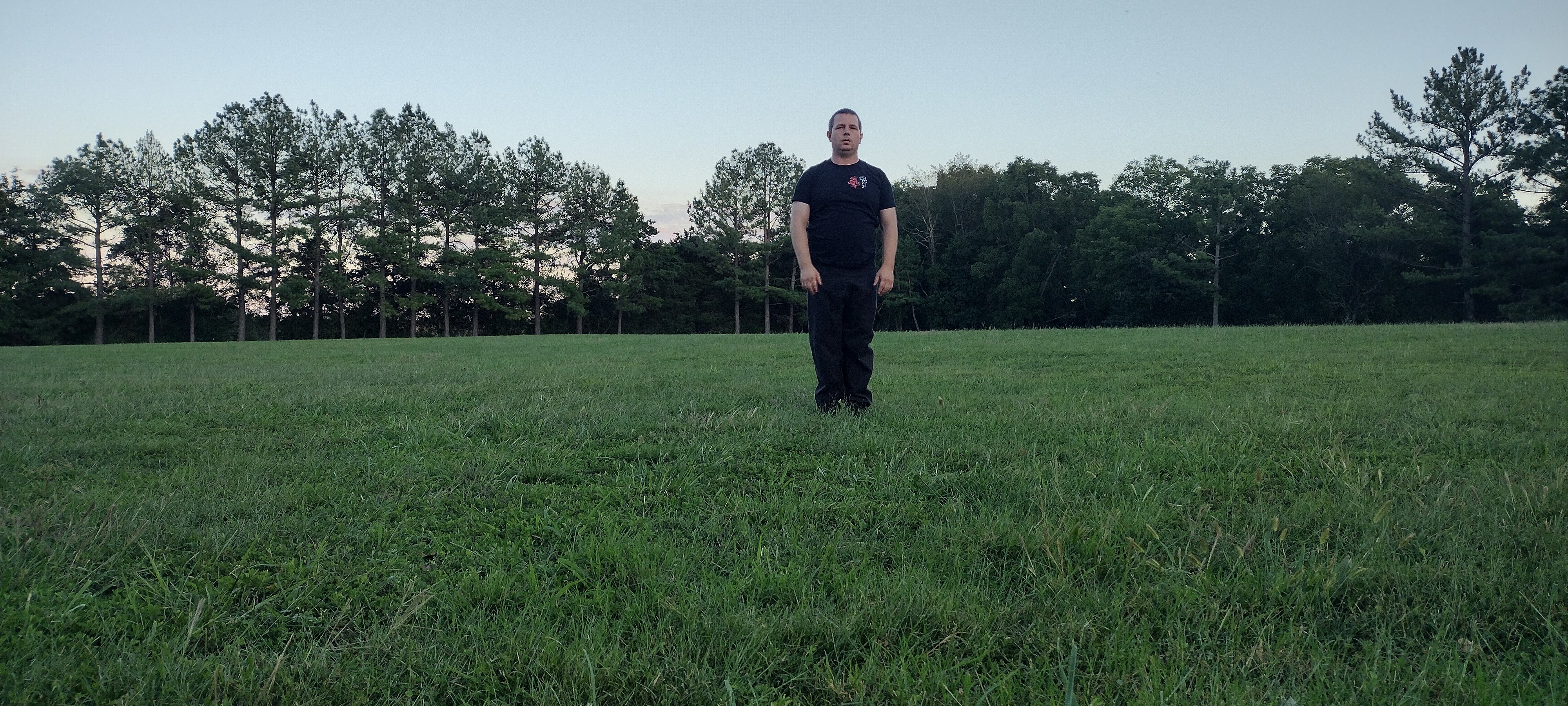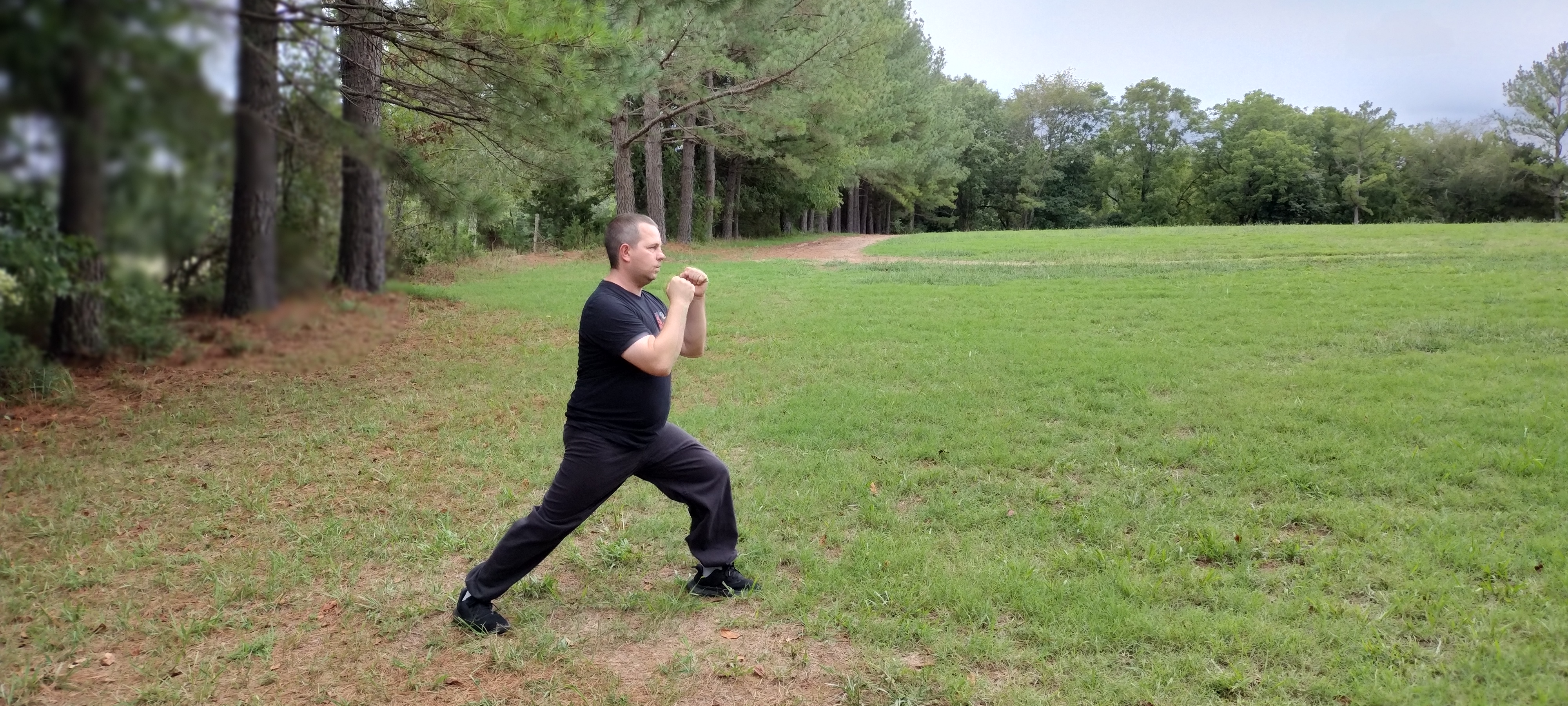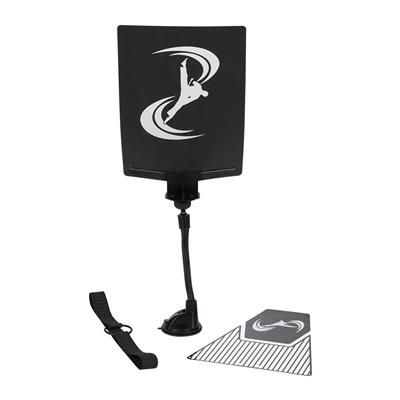In December of last year, Kyle Russell from Arkansas Wushu and Roger Grimes from the YouTube channel Shodan1197 both conducted 30-day kick improvement series. This series focused specifically on 7 different kicks. The kicks included were as follows: front kick, side kick, rear kick, hook kick, axe kick, round kick, and the reverse crescent kick. Here are some lessons learned from that series that may be helpful to you.
Lesson 1: Chamber
The process of kicking correctly generally involves only a few steps. The first step is to position your leg in the proper chamber position for the kick. By being properly chambered, you will be able to kick much faster and with more power. Additionally, chambering correctly will help you maintain your balance by keeping your center of gravity in place. Working just the chamber over and over again makes a great warm up before executing the kick.
Lesson 2: Start low
Try to avoid the temptation to throw your kicks high in the beginning. Starting out this way may hinder your form. You will want to warm up with low kicks in the beginning. This will allow you to focus on proper form for a more perfect technique. You can gradually execute the kick higher throughout your practice. Make sure to pay attention to whether or not you have to lean back. When you reach a height that you do have to lean back excessively, your form may suffer, lower your kick to maintain proper form.

Lesson 3: Build stabilizing muscles
For more power in your kicks, you will want to build strength in your legs. You need to be stable on both your stand leg and have the strength to lift your striking leg. A person who lacks the strength to lift one leg to a certain height must rely on momentum to kick. By slowly raising the striking leg as high as you can, holding kicks in the extended position, or using different weights, you can build strength in the leg you are kicking with. Your standing leg can be strengthened with these drills as well, but you can use supplemental exercises such as squats, lunges, and jumping to further improve the strength of your supporting leg.

Lesson 4: Increase flexibility
To throw high kicks effectively, flexibility is a must. Some martial artists claim that high kicks are impractical, but that does not mean that you should not practice them. Increased flexibility will improve your posture, making your kicks better overall. Being flexible will also increase the speed of your kicks because of the improved range of motion. From a practical perspective, having the ability to kick both low and high will simply give you more options when you choose to strike. You can increase your flexibility by starting with a warm-up. After the warm-up, you will want to move on to dynamic stretching, then practice your desired kick. Finish off with static stretching for the best results.

Lesson 5: Develop control
Once you have developed a good chamber, you can practice executing the second half of the kick. To avoid injury, throw this part of the kick slowly at first to perfect the technique and keep control. You will need to be able to lift the leg to the height you want to strike the desired target. Control the kick when you throw it rather than depending on momentum. This may also allow to switch the type of kick that you are throwing if your opponent’s position changes. Throwing the second half of the kick wildly may lead to loss of power and balance. It will be easier to make a speedy recovery if you have control over the kick. To help with control, you can use exercises such as keeping the chamber up and throwing the kick repetively, throwing low kicks then lifting the leg slow and repeating the kick high, or trying to balance something on your foot as you try to throw the kick slowly.

Hopefully these tips will help you improve your own kicks. Feel free to follow the exercises included earlier in the article to assist you. Thank you for taking the time to read this article.
Arkansas Wushu offers free articles and training to assist martial artist in their daily practice. We do however use some affiliate links in our articles. If you would like to make a small donation to support Arkansas Wushu, you may do so at the following link: https://www.paypal.com/donate/?hosted_button_id=C4RH8CSGLLQHS

